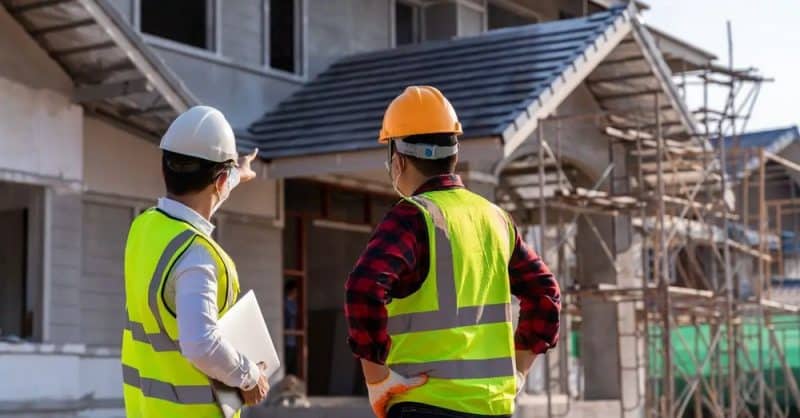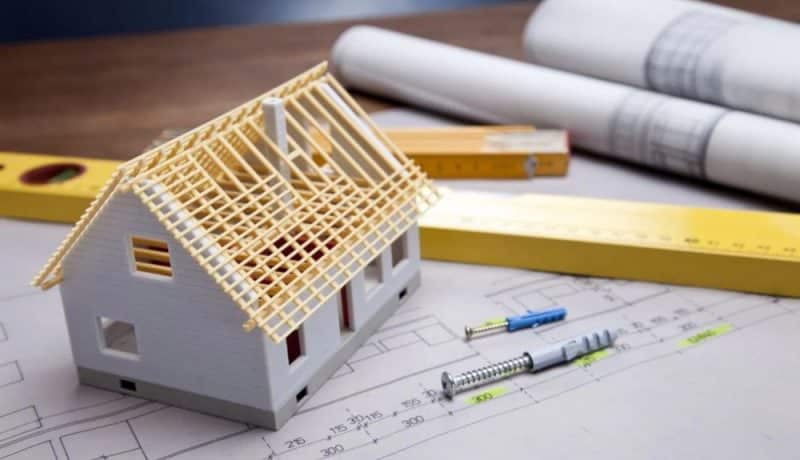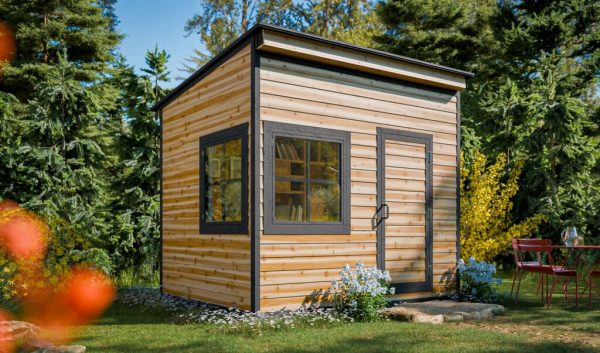
Embarking on the journey of building a house in Australia is both an exhilarating and monumental task. It’s an opportunity to craft a home that mirrors your lifestyle and aspirations. Yet, the process is intricate, involving many decisions from the initial concept to the final handover with your house builder. Let’s explore the 10 steps involved in building your dream home in Australia.
Step 1: Making the Decision to Build
Opting to build rather than buy is a major decision and there are a few factors to consider. Constructing a home from the ground up provides unmatched opportunities for customisation, yet it requires patience, thoughtful decision-making, and frequently involves a higher upfront cost.
Consider factors such as:
- Customisation vs. Convenience: Unlike purchasing a pre-existing home, building allows for a highly personalised approach, tailoring every aspect to your liking. However, it requires a significant time investment.
- Budget and Timing: Building can be cost-effective long-term, offering energy efficiency and modern designs. However, budget overruns and construction delays are common pitfalls.
- Future-Proofing: Designing your home means you can anticipate and incorporate future needs, whether it’s family expansion or aging in place.
Step 2: Procuring the Land
The foundation of your dream home lies in the land it occupies and therefore, careful selection is essential in determining where you will build. Various key considerations should guide this crucial decision which include:
- Location: Proximity to essential services, work, and educational institutions can significantly impact your lifestyle. Consider the long-term development plans of the area.
- Topography: The slope of the land influences design and construction costs. A steep slope may offer great views but require more engineering work.
- Community: The neighbourhood’s character and the quality of nearby homes can affect your property’s future value and your enjoyment of it.
Step 3: Selecting the Architect or Home Builder
The architect or builder you select will play a pivotal role in transforming your vision into reality. It is crucial that they possess the necessary qualities which ensure a smooth journey from concept to completion. They must offer:
- Reputable Experience: Investigate their past projects, ensuring their style and quality align with your expectations. Genuine customer reviews can provide invaluable insights.
- Compatibility: They should not only understand your vision but also offer creative solutions and practical advice, ensuring your ideas are feasible within your budget.
- Clear Communication: Transparency about costs, timelines, and the construction process is crucial for a smooth building experience.
Step 4: Site Clearing and Preparation
Preparing your land for construction is a crucial initial step. It may involve several important tasks. These tasks ensure the site is ready for the building process to begin and could involve:
- Clearance: Removing any obstacles such as trees, rocks, or pre-existing structures to create a clean slate for construction.
- Land Assessment: Conducting soil and topographical surveys to inform foundation requirements and potential challenges in the construction process.
Step 5: Slab, Base, and Footings
A robust foundation is vital as it underpins the entirety of your home’s structure. Selecting the appropriate type is crucial and should align with both your home’s design and the specific conditions of your land. This careful choice ensures lasting stability and integrity for your home.
Consulting with structural engineers for a detailed assessment is a critical step to ensure the chosen foundation will offer the necessary stability and durability, taking into account factors such as soil type, moisture levels, and environmental conditions.
The type of foundation, whether it be slab on grade, pier and beam, or concrete footings, is determined based on this assessment, with each option presenting its own set of benefits and considerations to match the specific needs of the construction.
Step 6: Framing
The framing phase is when your house starts to manifest physically. This stage involves constructing the skeletal structure. It lays out the form and dimensions of your future home and involves:
- Material Selection: Timber or steel frames are common, each offering distinct advantages in terms of cost, durability, and construction speed.
- Construction Milestone: The completion of framing is a significant milestone, often coinciding with the first major progress payment. It’s a tangible step forward in the construction process.
Step 7: Lock-Up
This stage emphasises making the house both secure and resistant to weather. It’s a critical step before any interior work can begin. These measures ensure the structure is protected against the elements such as:
- Exterior Finishes: Roofing, windows, and external doors are installed, protecting the interior from the elements.
- Infrastructure Installation: Essential services such as plumbing and electrical wiring are laid out before the walls are sealed.
Step 8: Fixes and Touch-Ups
The Devil is in the Details: This phase is about attention to detail, ensuring every aspect of your home is as perfect as envisioned:
- Interior Finishing: Installation of cabinetry, countertops, and flooring, along with painting, tiling, and fixture installations, transform the space into your envisioned home.
- Quality Assurance: Continuous inspection during this phase ensures any defects are identified and corrected promptly.
Step 9: Final Build or Practical Completion
Your home is on the verge of being ready for you to move in. This marks the final phase of construction. It encompasses the last steps needed before the house can be occupied such as:
- Last Installations: Fitting the remaining fixtures and appliances, completing the electrical setup, and finishing any exterior landscaping.
- Preparation for Handover: Ensuring the house is clean, presentable, and ready for the final inspection.
Step 10: Final Inspection and Handover
The culmination of your home-building journey is marked by a detailed walk-through of the property, a crucial step to confirm that all aspects meet your standards and adhere to the contract specifications.
Following a successful inspection, the ceremonial handover of the keys signifies the completion of your construction venture. It’s also essential to acquaint yourself with the warranty periods for different components of the build and understand the procedures for addressing any potential issues that may emerge after you move in.
Conclusion
Building a house in Australia is a rewarding endeavour that offers the chance to create a space tailored to your lifestyle. By understanding the steps involved and working with the right professionals, you can navigate the process with confidence, ensuring the realisation of your dream home. Remember, thorough planning, effective communication, and a bit of patience are your best tools on this exciting journey.









